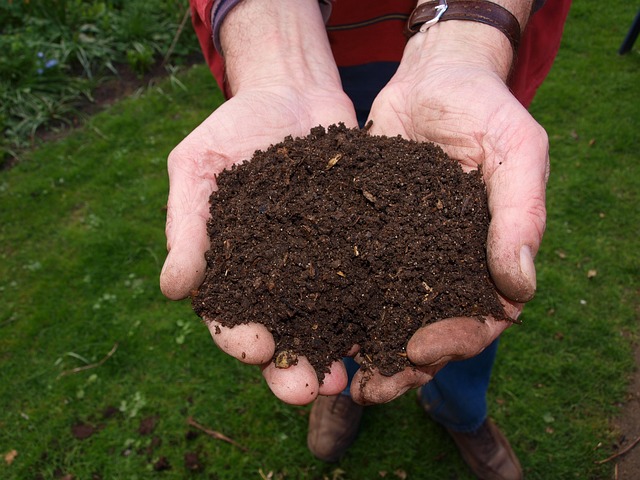Composting is a great way of making the most of various food scraps, garden waste and organic materials, reducing your carbon footprint and embracing a sustainable lifestyle.
What’s more:
Compost will provide a massive boost to your garden soil and help you grow delicious vegetables and healthy plants.
The question is:
How do you make homemade compost?
Spoiler alert – it’s easier than you might expect!
Let’s find out what to put in a compost bin and how to make compost.
Table of contents:
- What is compost?
- What are the benefits of compost?
- What can you put in a compost bin?
- How to make compost at home in four simple steps
- How long does it take to make compost?
- Making compost like a pro
What is compost?
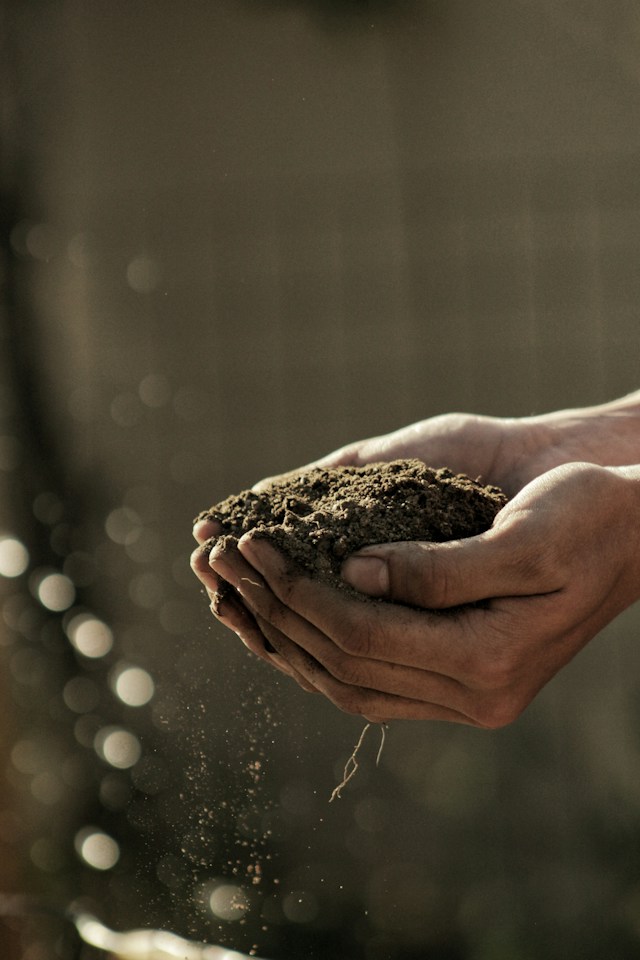
Compost is an organic material created when organic matter decomposes. Because it’s rich in nutrients, it’s often used as a natural fertiliser and soil conditioner in landscaping and gardening. Composting is the process of collecting and decomposing organic materials, such as kitchen scraps, garden waste and other biodegradable materials, in a controlled environment.
Now:
This decomposition process is carried out by microorganisms like bacteria, fungi, worms and other decomposers, breaking down the organic matter into a dark, crumbly and earthy-smelling substance known as compost.
You can then use it to enrich your garden soil.
What are the benefits of compost?
Composting at home offers numerous benefits, both for the environment and for your personal lifestyle. So, it should come as no surprise that it’s gaining in popularity with the engaged homeowner in the UK.
With that in mind, here are some of the key advantages of home composting:
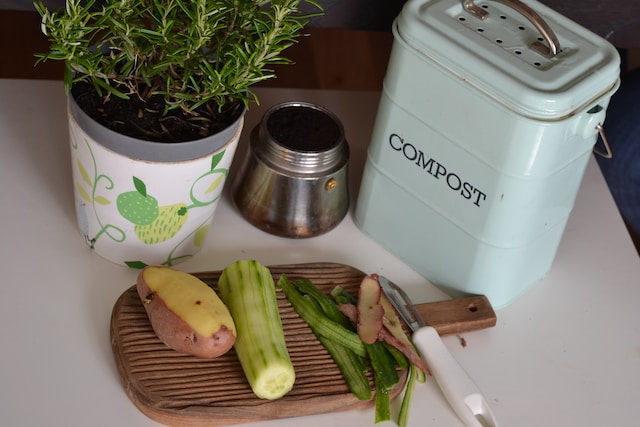
Reducing waste
Making your own compost allows you to divert a significant portion of your kitchen and garden waste from ending up in landfills. This reduces the overall volume of waste you generate and helps mitigate landfill space issues.
Enriching soil
The compost produced at home can be used to improve the quality of your garden soil. As we’ve already mentioned, it enriches the soil with organic matter and essential nutrients, enhancing plant growth and health.
Boosting sustainability
Home composting is an environmentally friendly practice that supports sustainability by recycling organic materials and reducing the environmental impact of waste disposal.
Saving money
By producing your own compost, you won’t have to buy commercial fertilisers and soil conditioners, saving you money in the long run.
At the same time, you’ll benefit from healthier plants, vegetables and flowers. That’s because compost-enhanced soil gives birth to healthier plants with improved root development, increased resistance to pests and diseases and better overall growth.
Now that we know why it’s a good idea to make your own compost, it’s time to find out what can go in it.
What can you put in a compost bin?
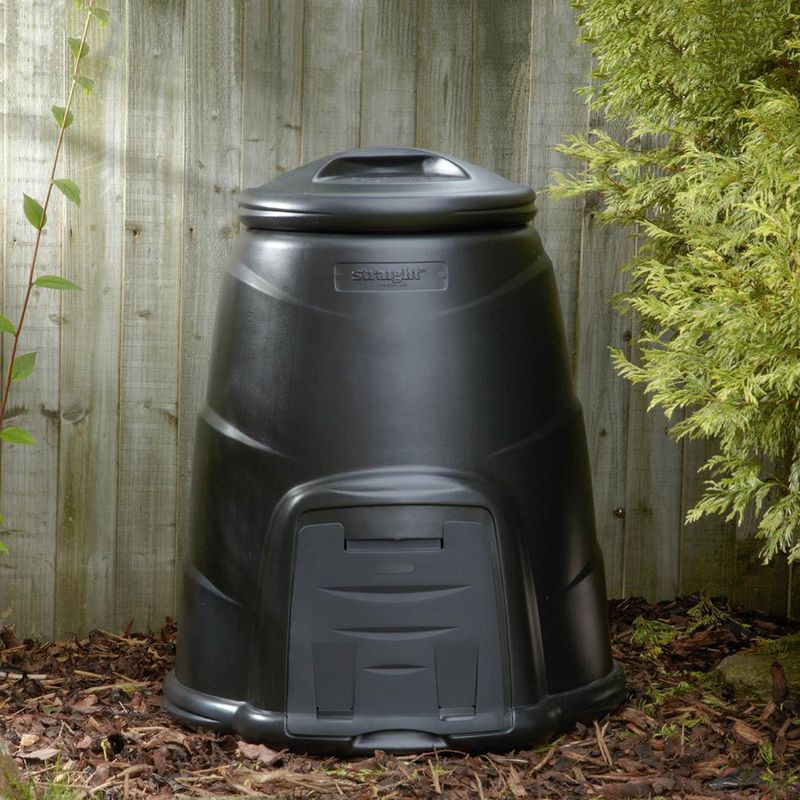
At a basic level, your DIY compost bin needs four components to get it going:
- Greens
- Browns
- Air
- Water
Let’s take a closer look at each one in turn.
Greens
Greens can be anything from grass clippings to fruit and vegetable scraps. What they have in common is that they’re wet and rich in nitrogen, which is necessary to oxidise the other main ingredient, the browns.
Although they don’t look the part, coffee grounds and tea bags are also considered greens because they’re nutrient-rich and contain plenty of nitrogen, making them an excellent addition to homemade compost.

Browns
Browns are dry and rich in carbon, which is a vital food source for the decomposers, such as bacteria and worms. Typical browns include dead leaves – especially plentiful in autumn – fallen tree branches, twigs, straw, paper, cardboard and even eggshells (though these will take a bit longer to decompose).
At this point, you’re probably wondering:
What shouldn’t I add to my compost heap?
Avoid adding the following items:
- Meat & fish
- Dairy products
- Oils & fats
- Pet waste
- Diseased plants
- Glossy or coated paper typically used for brochures
- Anything synthetic like plastics or rubber
And here’s why:
These materials can disrupt the composting process, introduce pathogens or pests (especially rats), create unpleasant odours and generally result in an imbalanced compost pile. So, it’s essential to stick to a balanced mix of organic materials to be able to make the best compost for plants.
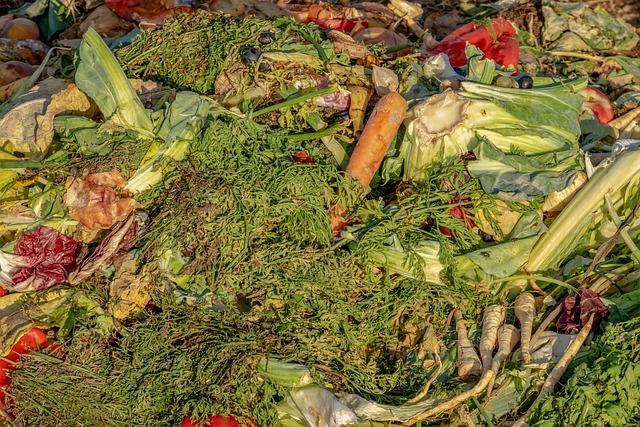
Air
Aerobic bacteria need oxygen to live, so air is a vital part of your compost. Getting the mix between the browns and greens right goes a long way towards providing sufficient aeration (more on that later).
Water
As with air, all living organisms need water to survive and thrive. So, your compost needs the right amount of water to allow the decomposers to get on with their work. At the same time, you don’t want the mixture to be soaking wet, as it will inevitably rot.
How to make compost at home in four simple steps
Now that we’ve got the basics covered, it’s time to find out how to compost step by step.
Step 1: Prepare the area
Select a suitable area for your compost pile or bin. It should be well-drained and receive partial sunlight. Ensure it’s easily accessible for adding materials and turning the compost. The specific size of the area depends on how much compost you’re going to need.
That being said:
We recommend that the location should be at least 1 metre by 1 metre by 1 metre (roughly 3 feet by 3 feet by 3 feet) in size to provide enough insulation and mass for proper decomposition. Smaller piles may not generate enough heat for effective composting.
If you’re using a compost bin, place it directly on the ground so worms have an easier time getting inside. Alternatively, connect old wooden pallets with wire and secure them in place with fence posts to create a designated bay.
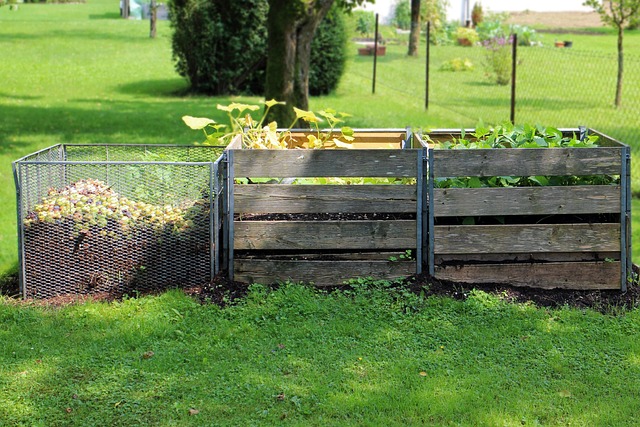
Step 2: Layer your greens and browns
You’ll tend to get more greens during the spring and summer – especially if you happen to have a large lawn. However, you want more than just freshly mown grass, as this will tend to be very wet.
In contrast, most of your browns will come during the autumn and winter when the trees in your garden will shed their leaves. So, when making your own compost, it’s important to plan ahead. For best results, try to combine several types of greens and browns.
Next:
Start your compost pile by layering the assembled green and brown materials. Ideally, everything should be cut or chopped into small pieces since this gives maximum surface area and allows for easier decomposition.
Aim for a roughly equal ratio of greens to browns. This balance ensures proper decomposition and prevents odour issues. You can also add a thin layer of soil or finished compost, as it contains beneficial microorganisms that aid decomposition and speed up the overall process.
Step 3: Turn your compost
To keep the grass compost pile active, you need to provide it with air and moisture. To do so, turn the pile with a pitchfork or shovel on a regular basis to aerate it. This helps oxygen reach the microorganisms responsible for decomposition.
Keep the pile moist, similar to a wrung-out sponge, but not waterlogged. If it’s too dry, sprinkle some water – you can even use your own urine if you’re not too squeamish.
If the compost is too wet, add more dry brown materials.
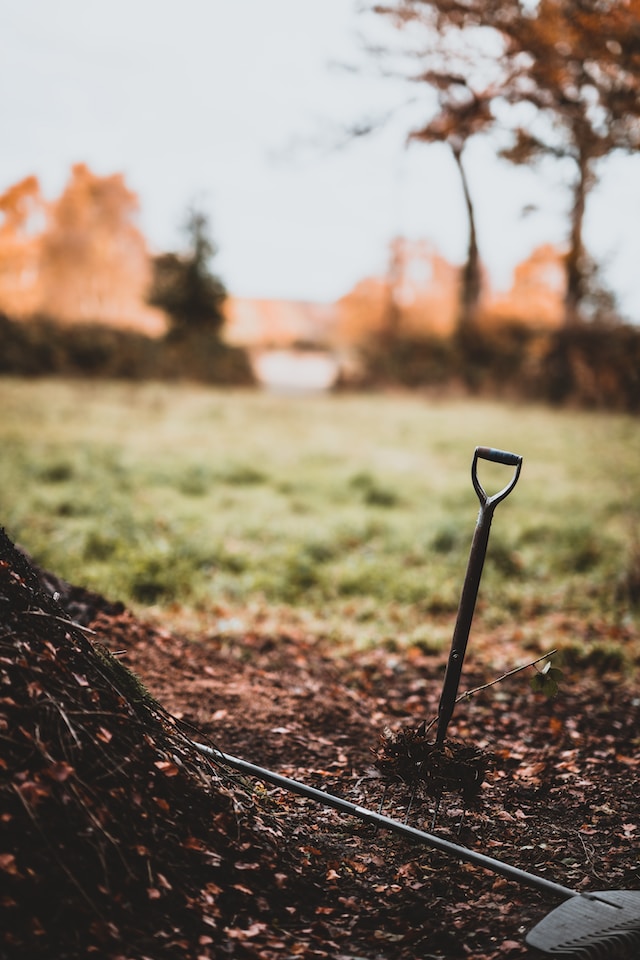
Step 4: Monitor the temperature
As the various decomposers get to work, the compost will start to generate heat. This resulting heat is desirable because it kills weed seeds and pathogens.
Use a compost thermometer to check the internal temperature, which should ideally reach somewhere between 54°C and 71°C.
If it gets too hot, turn it to cool it down. If, on the other hand, you’re in for a period of heavy rain, cover your heap with something like a natural material carpet to prevent it from getting soaked.
And that’s how to make compost!
The thing is:
Making compost is not an exact science since there are plenty of different factors at play – from the types of greens and browns you’re using, to how roughly or finely you’ve chopped them, to the types of decomposers which are common in your area, to the weather.
So, as Guns N’ Roses put it, ‘all we need is just a little patience’.
Just how little? That’s exactly what we’re going to find out next.
How long does it take to make compost?
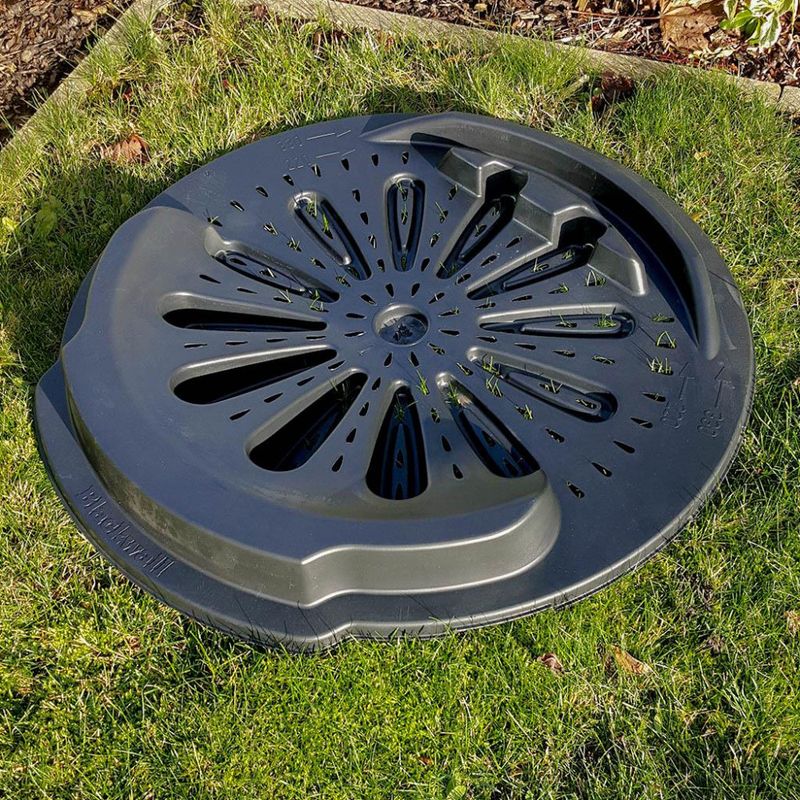
Good things take time, and composting is no different. It can take anywhere from a couple of months to a year or more to produce the finished article, depending on the aforementioned factors.
Now:
When your compost turns dark and crumbly and has a rich, earthy smell, you’ll know it’s ready to be utilised in your garden. Basically, you’ll have to use your hand and nose to find out.
You can sift out any large, uncomposted materials and add them to your next compost pile. The finished compost is an invaluable soil amendment.
Making compost like a pro
Successful composting requires a delicate balance between green and brown materials, adequate aeration and moisture.
Avoid adding materials like meat, dairy and pet waste, as they can attract pests and create bad smells.
Bottom line:
Now that you know how to make compost, with patience and attention to these factors, you can create nutrient-rich compost to improve your garden soil and reduce waste.
